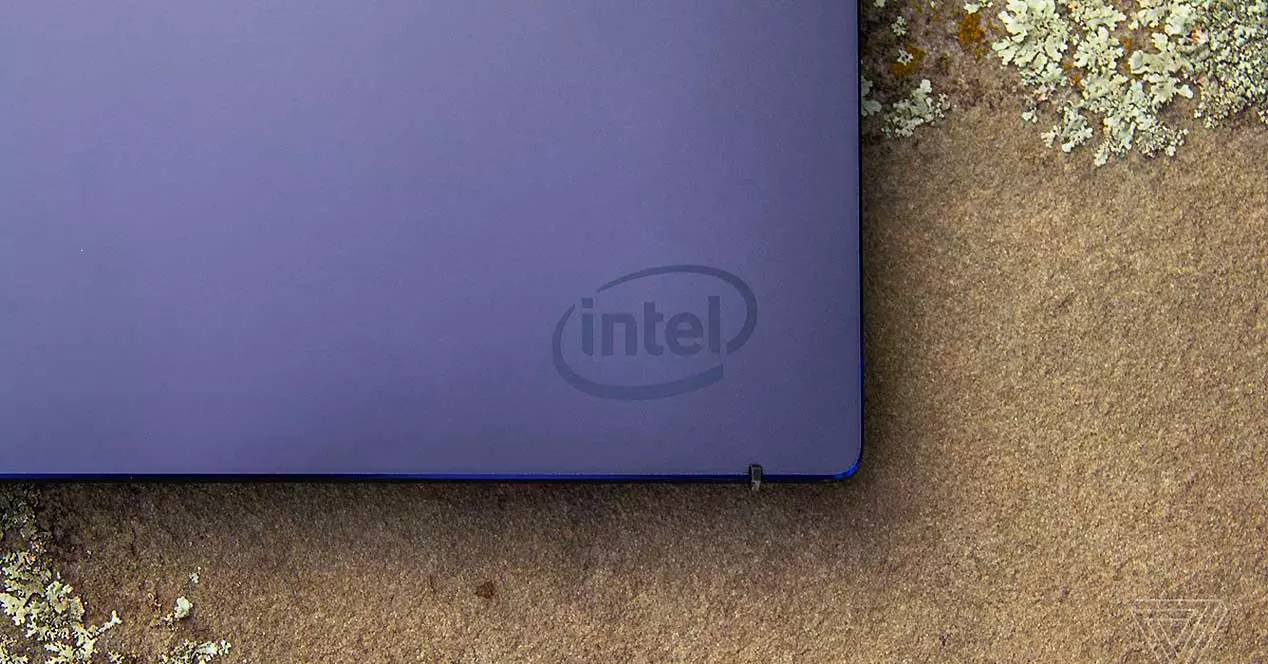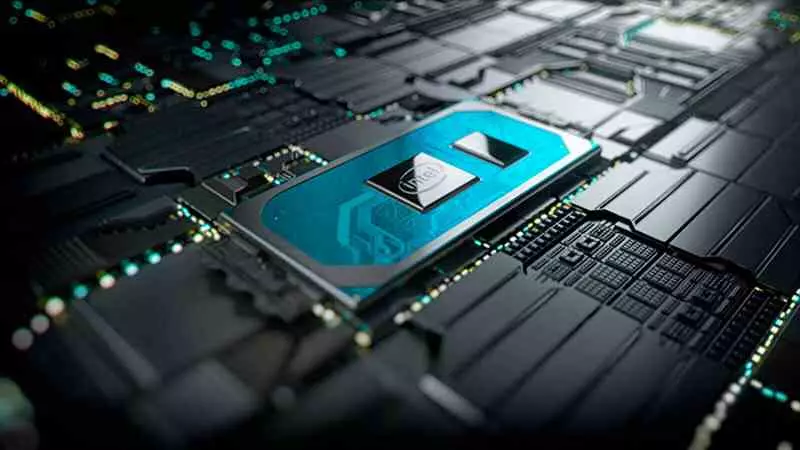
In recent years, the company founded by Gordon Moore has taken the bull by the horns when it comes to the development of its graphic architectures, the result has been the Xe architectures, which will be directed to different market segments. One of them is the Intel Iris Xe MAX GPU that is included as a dedicated GPU accompanying some models of the Tiger Lake CPUs for laptops, the two chips forming a combined pair in which they function as an APU.
Iris Xe MAX GPUs are faster with active Sampler Feedback
One of the technologies that have been added in DirectX 12 Ultimate, and with which the DX12 GPUs are also compatible, is the Sampler Feedback technology, which has been inherited from the Xbox Velocity Engine. This technology consists of the GPU being able to selectively choose the data that is going to be dumped from the SSD to the memory used as VRAM, which in the case of APUs, whatever the brand they are, is carried out in the same system memory (RAM).
From the MrH Hardware Testing channel they have performed a performance test on the Intel Iris Xe MAX GPUs, which receive a jump in FPS if the Sampler Feedback technology is used. The proof of this can be verified through the 3DMark test to measure the performance of this Intel GPU with the active Sampler Feedback, although at the moment it has not been tested in games.
And what is the performance increase? Without the Sampler Feedback the frame rate in the test is on an average of 44.58 frames per second with spikes a 50 or 51 FPS. Instead, Yes Sampler Feedback is activated graphics performance goes up to 55.8 frames per second on average with stops up to 60-61 FPS. This represents a performance increase of 24.4% compared to not having the Sampler Feedback active.
Intel dominates alone in the entry GPU range
Currently the only company that is betting on entry-level GPUs is Intel, since NVIDIA has not released any of its graphics architectures for this segment for a long time. Let’s not forget that the MX350 are still based on their Pascal architecture and we cannot ignore that their gaming graphics cards are two generations higher. In the case of AMD, its bet is in the form of the GPUs integrated within its APUs.
The entry-level GPUs are not designed for the gaming market, but rather for the office automation. Its main advantage over the integrated ones? The fact that going on a separate chip allows them to have greater power in number of cores and clock speed. It is expected that in the future we will see versions of their Intel ARC as entry GPUs.




